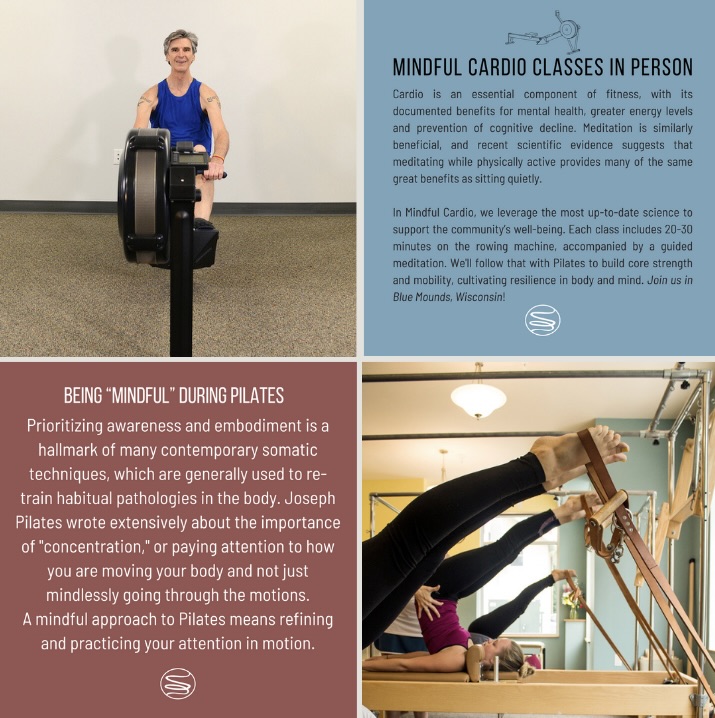Let’s face it…
The human face is a remarkably expressive palette. Virtually the instant that we see someone, we have a sense of how they’re feeling. Their subsequent words may modulate our initial impression, though we largely read emotion through microscopic changes in facial expression. These flickers and flashes of expression provide a moment-by-moment dialogue in our interactions with others.
 |
| Facial Expression says a lot. |
The scientific literature is dense with research on nonverbal communication, and I’ve heard respected scientists cite that fully 92% of our communication occurs nonverbally. Whether or not the figure is 92%, 78% or even 57%, it appears as though humans communicate more through movement and expression than through the sophistication of our words, turns of phrases and/or witty bon mot.
Put another way, communication is embodied. Bodies communicate to bodies, and we can almost consider words the supporting players in the sophistication of human communication. For example, primates (including humans) perceive the feelings of other primates by mirroring their facial expressions. When I see you, my face will quickly match your face. By experiencing in my face the countenance of your face, I can literally feel what you’re feeling. And by feeling what others feel, empathy naturally arises. The capacity to empathize is literally hardwired into us.
Relatedly, deficits in making facial expressions have been shown to produce deficits in reading the emotional state of others. An interesting study looked at deficits in reading emotion in people who had received Botox injections. Botox reduces facial wrinkles by paralyzing the facial muscles that underlie the wrinkles. When someone who has received Botox treatments is shown an emotionally laden image of a face, they are far slower to identify what the pictured person is feeling. By losing their use of some facial muscles, the Botoxed people are less able to perceive what others are feeling.
Faces are remarkably communicative, and I’ve been paying more attention to the complexity of countenance in recent weeks. The muscles around the eyes, mouth and nose, in particular, tell us so much about the inner life of others.
In coming weeks, I’ll be writing more about the human face and its neural control. This is in preparation for my forthcoming Blue Mounds Dharma Center retreat, Yoga, Cardiac Control and Well-Being.



Comments
So I set about being able to better read others so I could detect discomfort and adjust accordingly. My boss assured me that he didn't believe I held contempt (intent) but people were feeling it (impact). I am in tune with those concepts as they pertain to implicit bias and racism so I could accept this and embrace it as a good place for me to work. In the Ekman training, I was surprised to learn that contempt (based on his research) is one of the universal emotions and it's expressed by the gesture of moving one's mouth off to the side (Google it to see). I realized I do this all the time when I am thinking. It's a sign of me being thoughtful which may instead be perceived as contempt. Wow! I shared this with the people I meet with regularly and asked them to help me observe and correct this. (I also regularly ask for feedback from my team after meeting with new people because I am sure there are words and more conveying this feeling). It turned out that I do this all the time. Once I started catching myself, I could correct it.
This further ties into my reflection since our last class on Ahimsa. While I will inflict harm on purpose once in a while, the lesson I describe above is something of a parable for the amount of harm I inflict without knowing it. When we recite the blessing before each meal ". . . Numberless beings gave their lives and labors that we may eat. . . " I take stock of the harm and benefit for me to eat whatever is before me. I could now go down the rabbit hole of eating animal products /not but suffice to say that to me Ahimsa is much about not knowing what we don't know. As I write this, I can reflect on the harm I can consider I am doing. I'm living on land taken from a First Nation, I'm using electricity that is probably causing hurt to something somewhere, there is an opportunity cost to this self-centered post, my cat is certain I am harming him as he has not had his breakfast. It goes on. But what don't I know? I am sure there is more (twisting mouth to side to think about that).
Thanks for the great posts! Juli
-Scott
Yoga teacher training in Rishikesh
Benefits Of Yoga